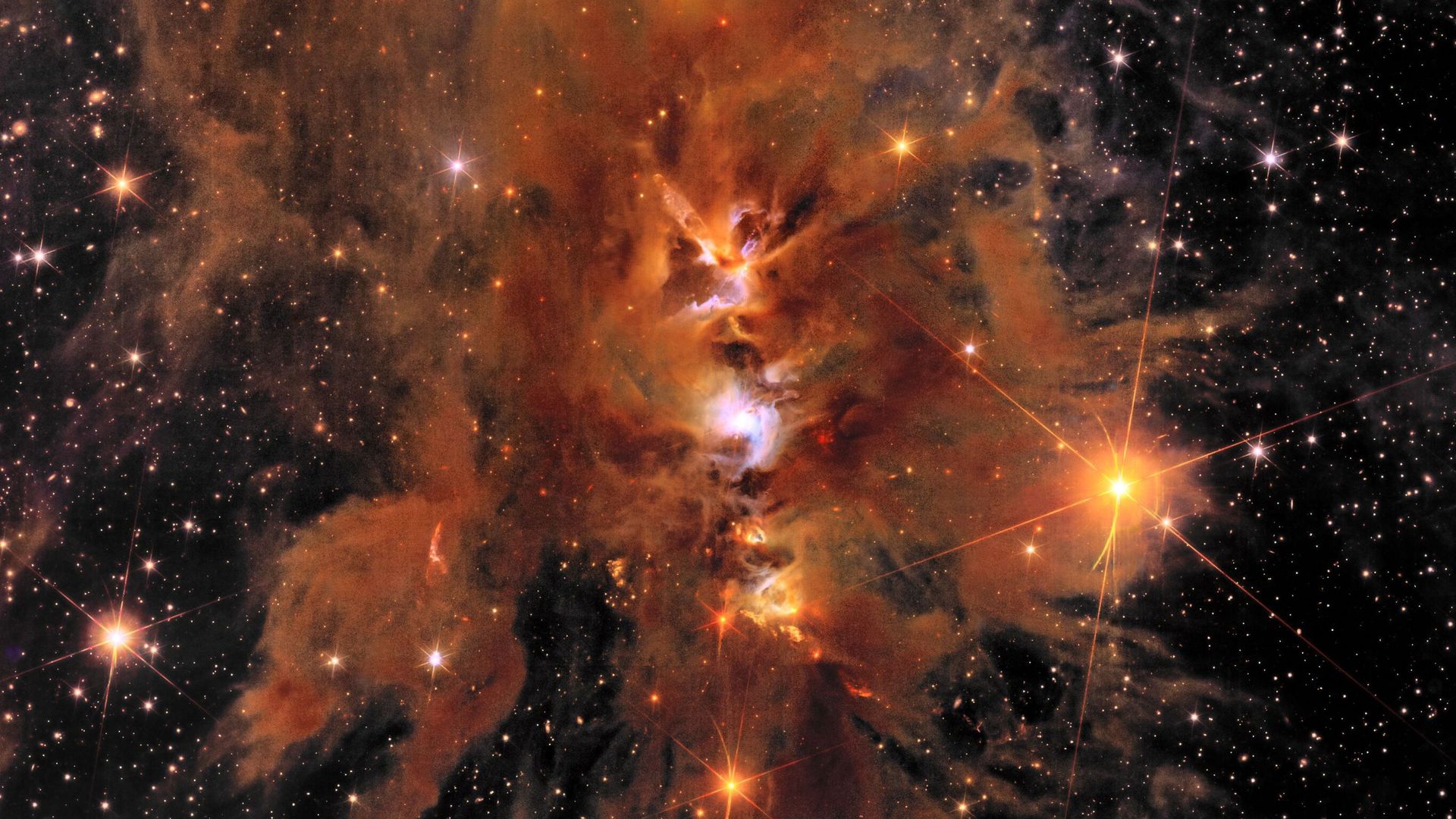These are the largest images of the universe ever taken.
They come from the Euclid space telescope which is trying to create a 3D map of the universe. That map will help us understand how our universe formed and what is happening to it now.
A huge treasure trove of information was released on Wednesday, based on just 24 hours of data gathering by the telescope.
The European Space Agency’s (ESA) Euclid mission, which blasted off in July 2023, uses one of the largest cameras ever sent into space to observe two billion galaxies.
It is one of the most powerful tools scientists have to understand how the universe is changing, and its development was led by UCL’s Professor Mark Cropper.
“What is remarkable about the images is just how very big they are,” said Professor Cropper.
“When you look through a microscope, you see things in amazing detail, but you can only see a tiny area. Imagine that you had a new machine that let you see that kind of detail in everything on your table all at once.
WASP-193b: ‘Super fluffy’ candy floss planet bigger than Jupiter discovered by astronomers
Northern Lights visible across large swathes of England and Wales as severe solar storm hits
How to watch the Eta Aquariid meteor shower this weekend
“That’s how it feels with Euclid.”
A team of more than 2,000 scientists are constantly studying the data it sends back to Earth. Over six years, the telescope will create a map by photographing the universe in detail, not just the closer parts of it but going right back into outer space.
Dark matter discoveries
Scientists will use that map to calculate the way the universe has changed, by studying the space in between all the galaxies, stars, planets, dust and other bits. That space in between is filled with dark matter and dark energy.
Ordinary matter – the stars, galaxies planets and elements that we are made of – only makes up about 5 per cent of the universe.
Read more:
WASP-193b: ‘Super fluffy’ candy floss planet bigger than Jupiter discovered
Astrocomb could help discover Earth-like planets
New experiment to search for mysterious hidden particles
Explaining the true nature of the rest of it – dark matter and dark energy – is one of the most important, but challenging goals of cosmology.
“A key part of our purpose as a space agency is to understand more about the universe, what it’s made of and how it works,” said Dr Caroline Harper, head of space science at the UK Space Agency.
“There is no better example of this than the Euclid mission – we know that most of the universe is made up of invisible dark matter and dark energy, but we don’t really understand what it is, or how it affects the way the universe is evolving.”
UK scientists have been involved in almost every aspect of Euclid, which the head of the ESA said “showcases the importance of international collaboration.”
Be the first to get Breaking News
Install the Sky News app for free
Keep up with all the latest news from the UK and around the world by following Sky News
“The mission is the result of many years of hard work from scientists, engineers and industry throughout Europe and […] around the world, all brought together by ESA,” said ESA director general Josef Aschbacher.
“They can be proud of this achievement – the results are no small feat for such an ambitious mission and such complex fundamental science. Euclid is at the very beginning of its exciting journey to map the structure of the universe.”





